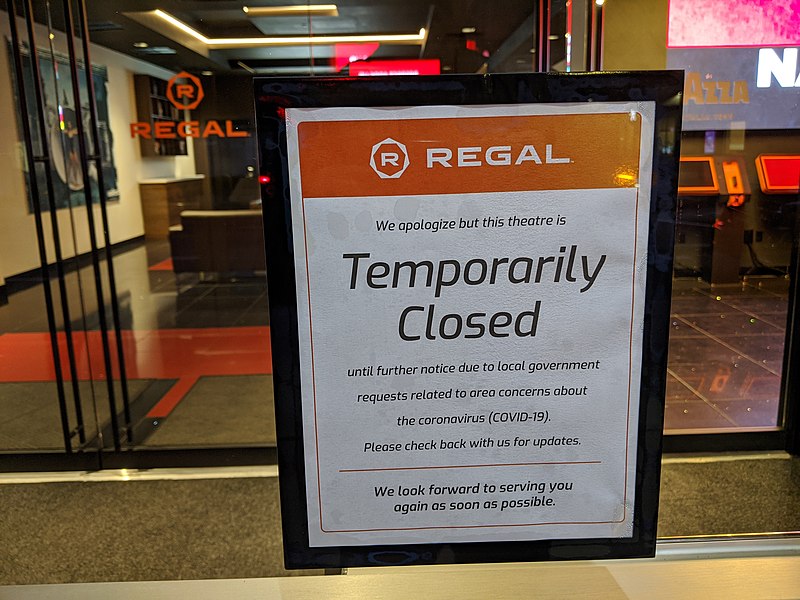https://www.epi.org/blog/the-job-openings-and-labor-turnover-survey-shows-hiring-failed-to-improve-congress-must-act-to-fix-massive-jobs-shortfall/

Last week, the Bureau of Labor Statistics (BLS) reported that, as of the middle of September, the economy was still 10.7 million jobs below where it was in February. Job growth slowed considerably over the last few months and the jobs deficit in September was easily over 12 millionfrom where we would have been if the economy had continued adding jobs at the pre-pandemic pace. Today's BLS Job Openings and Labor Turnover Survey (JOLTS) reports job openings softened from 6.7 million in July to 6.5 million in August while layoffs and quits both dropped. While the slowdown in layoffs is promising, the drop in quits is a concern. Hiring in August was on par with what we experienced in July. The U.S. economy is seeing a significantly slower pace of hiring than we experienced in May or June—hiring is roughly where it was before the recession, which is a big problem given that we have more than 12 million jobs to make up. No matter how it is measured, the U.S. economy is facing a huge job shortfall.
One of the most striking indicators from today's report is the job seekers ratio, that is, the ratio of unemployed workers (averaged for mid-August and mid-September) to job openings (at the end of August). On average, there were 13.1 million unemployed workers while there were only 6.5 million job openings. This translates into a job seeker ratio of two unemployed workers to every job opening. Another way to think about this: for every 20 workers who were officially counted as unemployed, there were only available jobs for 10 of them. That means, no matter what they did, there were no jobs for 6.6 million unemployed workers. And this misses the fact that many more weren't counted among the unemployed. Without congressional action to stimulate the economy, we are facing a slow, painful recovery.
As winter approaches and many families face eviction and hunger, it is essential that Congress provide relief to all of those unemployed workers who have no hope for employment and are desperately trying to make ends meet. The first dose of austerity exhibited by the loss to the vital enhanced unemployment insurance benefit in August is already taking a toll on job creation. At this slowing pace of job growth, it will take years to return to the pre-pandemic labor market.
It didn't have to be this way. With additional aid to state and local governments as well as reinstituting the $600 weekly boost to unemployment insurance (UI), it is likely that job growth could be over 10 million jobs higher through the next year (5.3 million for state and local aid plus 5.1 million for UI extensions). Unfortunately, continued federal inaction will make it far harder in coming months to claw back the jobs lost during the pandemic.
- JOLTS data provide information on all pieces that go into the net change in the number of jobs. These components include hires, layoffs, voluntary quits, and other job separations (which includes retirements and worker deaths). Putting those components together reveals the overall (or net) change.
- JOLTS data provide information about the end of one month to the end of the next, whereas the monthly employment numbers provide information from the middle of one month to the middle of the next.
-- via my feedly newsfeed

No comments:
Post a Comment